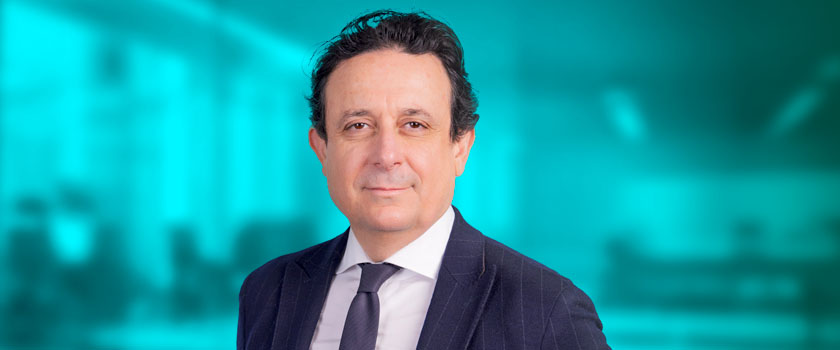With the current respite in markets, investors need to re-anchor their portfolios within the rapidly shifting investment landscape.
The Covid-19 pandemic has hampered economic growth and brought uncertainty to the investment landscape, says Norman Villamin, CIO Wealth Management at UBP. He points out that along with vigorous quantitative easing by central banks across the globe, the era of low interest rates or even below zero interest rates has returned once again, prompting a shift in investment positioning and asset allocation by HNW clients. This includes the introduction of gold and other investment products with their clear risk hedging functions as a replacement for European and US government bonds, which no longer offer sufficiently high interest rates to compensate investors even for inflation risks in the future. At the same time, the fact that large segments of the public have had to remain at home during the pandemic has created new investment opportunities especially in digital transformation segments of the economy.
For the past six months, the impact of the pandemic has dominated the global economy and this combined with geopolitical tensions between China and the United States, has created great uncertainty in the macroeconomic environment and investment markets, leading to an increase in investment risk.” Villamin notes that since March this year, the uncertain prospects for the world’s economies have become even more pronounced. Globally, central banks have moved quickly and decisively to implement a series of monetary easing measures and provide fiscal stimuli to help the pace of economic recovery. In addition, the US Federal Reserve has repeatedly cut interest rates. As a consequence, for private banking and HNW clients, investment products which traditionally provided stable returns and modest income, such as US Treasury bonds, now offer interest rates lower than the prevailing inflation rate. These products have consequently lost their value as a store of value within investment portfolios.
Value added investment in gold as a hedge
Given the volatile market conditions under the continuing impact of the pandemic, Villamin emphasizes that the most important thing to do at present is to expand one’s focus on effective risk management, a crucial element in UBP’s asset management process.
“One year ago, in order to ensure effective risk management within an investment portfolio, low-risk bonds or US Treasuries accounted for the largest allocation in many portfolios. However, over the past 12 months, market conditions have changed substantially, which has prompted us to construct our “Safe Haven” investment portfolio."
"This no longer invests in US Treasury bonds and other low-return investment instruments traditionally used to offset risks. Instead, we made the fortunate choice of replacing them with gold and other precious metal products which have performed well so far.” He believes that compared t o government bonds with yields lower than the current inflation rate, gold constitutes an effective hedge that helps to dilute potential risks.
The expectation is for gold to play an important role in investment portfolios over the next five to ten years. Investors should consider reducing government bonds in their portfolios and replacing them with gold holdings. With respect to safe-haven currencies, he explains that UBP would opt for the Swiss franc and the Japanese yen, rather than traditional currencies such as the US dollar or the Euro. The preferred currencies have displayed better hedging performance and can be expected to become yet another kind of risk hedging tool under the current market volatility.
Adopting an Active Options Trading Strategy
In addition to making timely adjustments to asset allocation, Villamin advises that in an uncertain investment environment, UBP uses an options trading strategy as part of an active risk management approach. This helps provide more protection to investors by mitigating the risks of investing in a range of risky assets including equities and dealing with the impact of disappointment, especially with regards to the global economy. To date, results achieved by this approach have been remarkable.
“The pandemic has undoubtedly changed the landscape of the global economy. For example, many regions have implemented “lockdown” measures and required the public to stay at home to fight the virus; this trend has accelerated the widening of usage of technology and has been beneficial for digital entertainment and related sectors,”
says Villamin. He notes that the low interest rate environment is expected to last for a longer time and investors should deploy their capital accordingly. A comprehensive risk management approach including an evaluation of macroeconomic prospects, geopolitical research, adjustment of portfolio strategies and bottom-up analysis would be favorable in the current market conditions. Managing investment risk in this way will allow investors to comfortably focus on uncovering potential stocks and investment themes that will eventually benefit from the transformational shifts occurring in the global economy currently.









